Frequently Asked Questions
- Do you offer international shipping for your products? ❯
- How can I pay for my order on Balticdiag.com? ❯
Your shopping cart is empty!

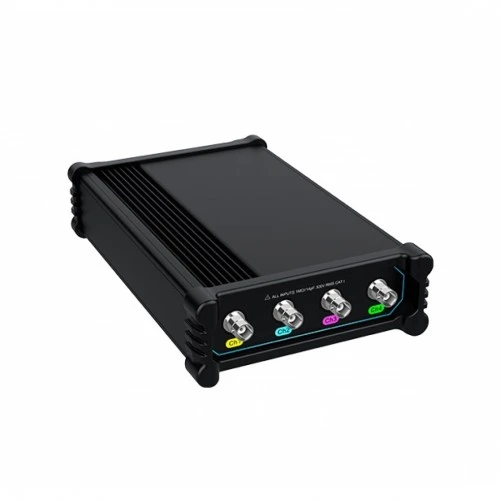
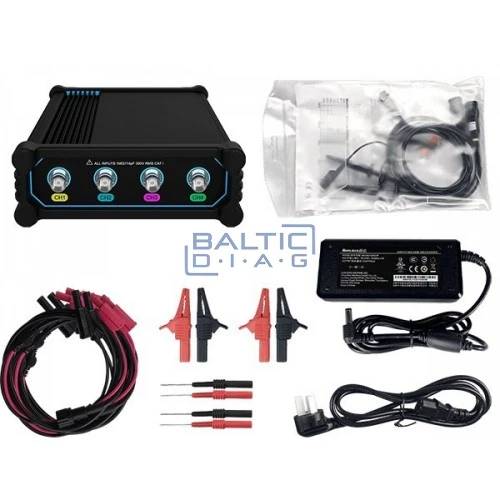
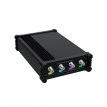
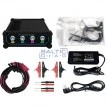

VATO2004 is a portable affordable split-type automotive diagnostic oscilloscope, most compact design with a built-in battery. It features 200MHz bandwidth, 4 channels, 1GSa/s sampling rate, up to 50Mpts memory depth.
It can be connected to any Android device, such as tablets, smartphones, and PC computers. With a user-friendly UI design, a wide range of measurement options, and built-in professional automotive software packages, it allows for one-click test configuration and provides a new automotive diagnostic operation experience.
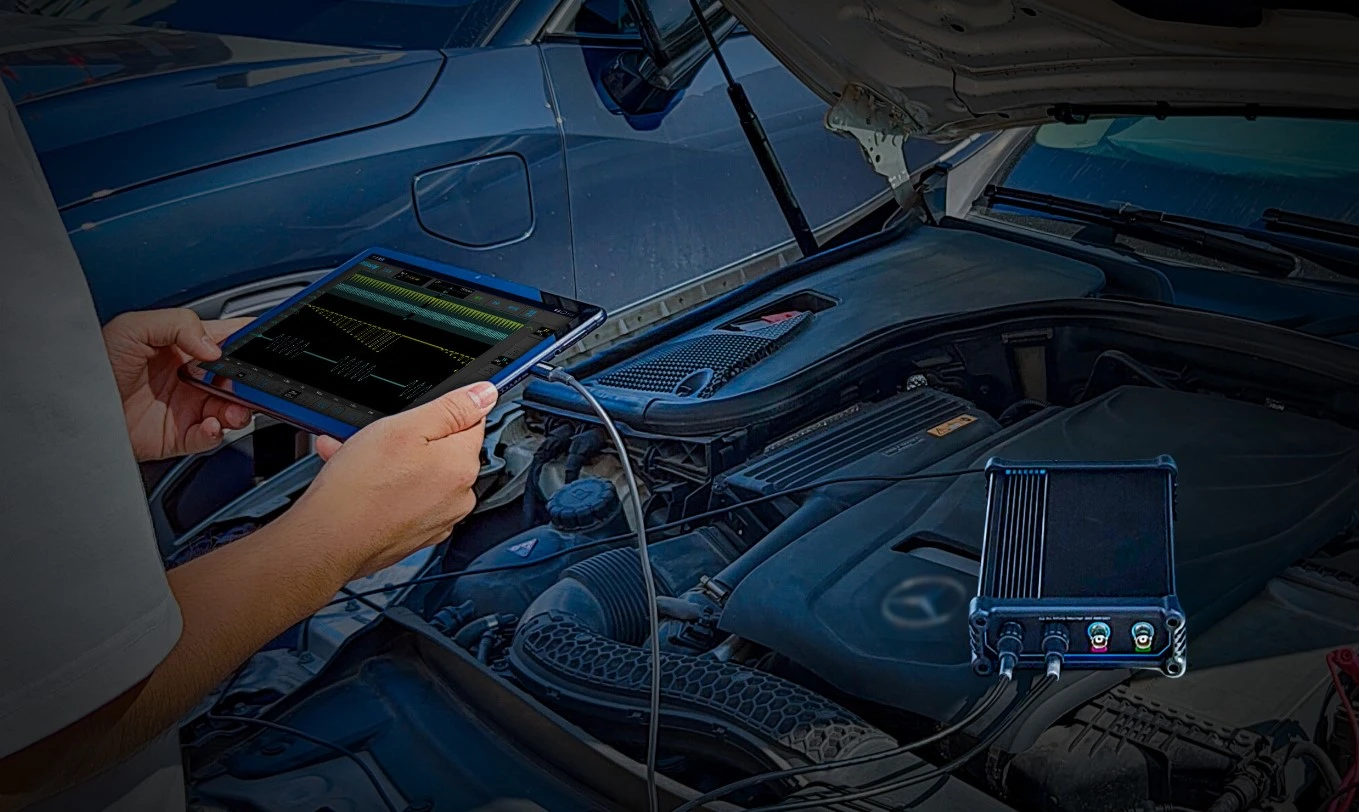
Yes, we offer fast international express delivery for all products available at BalticDiag.com. We deliver worldwide — including the USA, Europe, North America, South America, Asia, Africa, and Australia — using trusted courier services such as DHL, UPS, and FedEx. Every order is shipped with express delivery straight to your door, ensuring a quick and secure arrival. Shipping fees are included in the product price, and we provide full tracking information so you can monitor your package from dispatch to delivery.
Please note that some products include free delivery, while others require confirmation of shipping costs before purchase. In most cases, pallet-sized packages have additional delivery charges that must be calculated in advance by our sales team.
We accept a wide range of secure global and local payment methods, including:
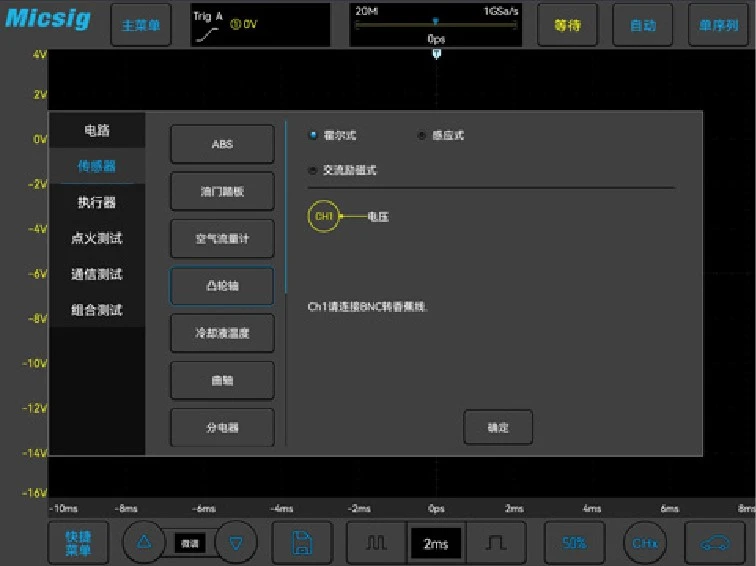
Select the respective test item, follow the description to connect wires, click OK and the oscilloscope will automatically configure the corresponding tests, easily solving most common issues encountered by automotive engineers.

The application of Controller Area Network (CAN) in automotive simplifies wiring, reduces costs, and enables simpler and faster communication between electronic control units. It also reduces the number of sensors required and facilitates the sharing of information resources.
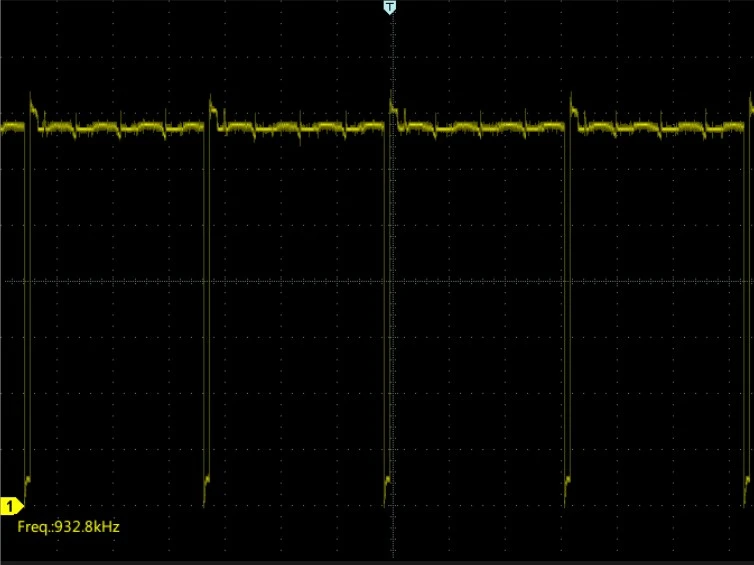
The carbon canister is typically installed in the engine compartment and connected to the fuel tank via a pipeline. Its purpose is to collect the evaporated fuel vapors from the fuel tank to prevent emission into the air, thus reducing pollution.
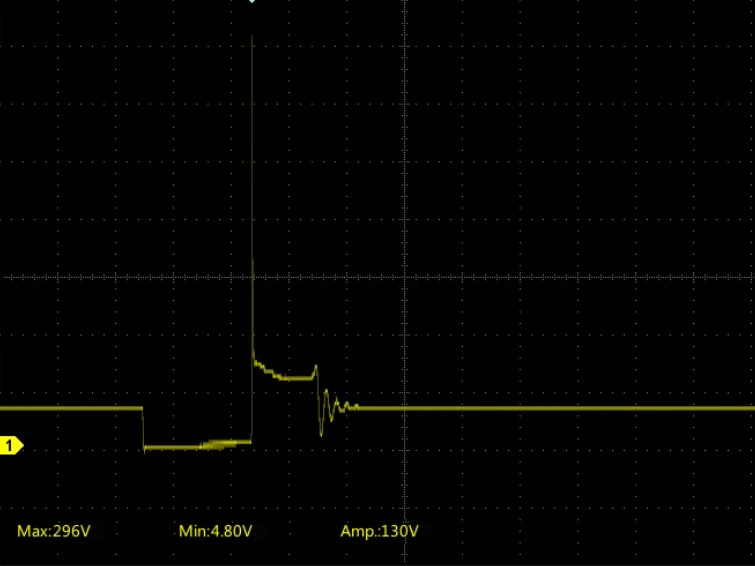
The ignition system of a gasoline car typically consists of primary coils, secondary coils, and spark plugs. There are traditional ignition systems and electronic ignition systems. Currently, most car models use electronic ignition systems. The primary circuit has evolved from basic contact-point and capacitor types to the commonly used distributor-less and one-coil-per-cylinder systems today.

The camshaft position sensor is generally used for timing and is often tested in conjunction with the crankshaft sensor to determine the vehicle's timing. Common vehicle models have one or two camshaft position sensors, while it is less common to have four. Common types of camshaft position sensors include Hall-effect, inductive, and AC reluctance sensors.
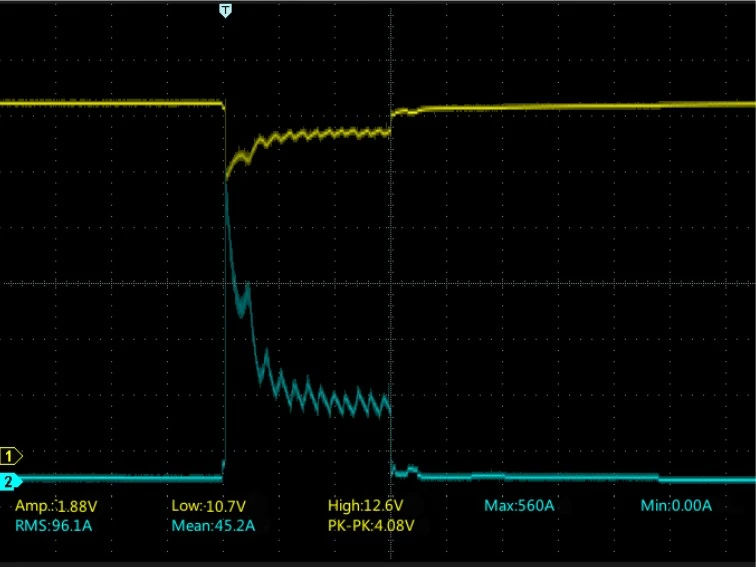
Use VATO with a current probe to conduct current testing during the starting process of a vehicle (both gasoline and diesel vehicles), able to observe whether the current waveform is normal or not.
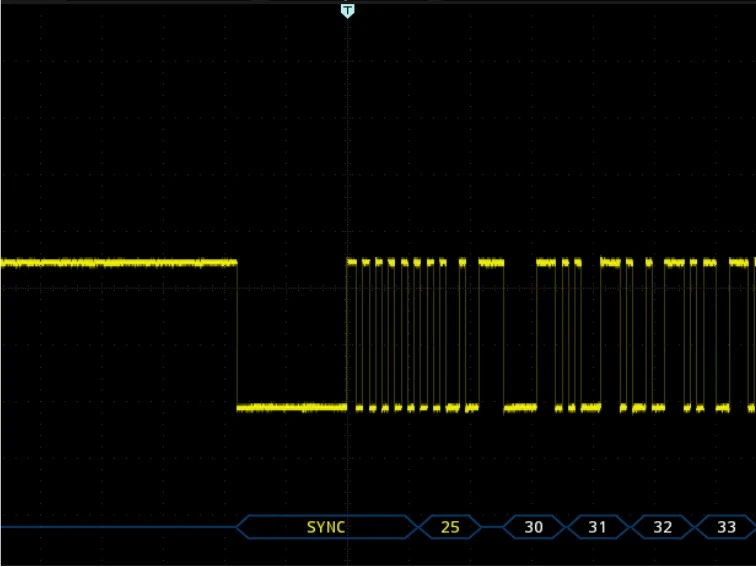
The LIN bus communication is widely used in automobiles, with low speed and the ability to connect multiple control devices on a single network. It can control non-safety-critical components of the vehicle at low speeds, such as wipers, windows, mirrors, air conditioning, and electronic seats.
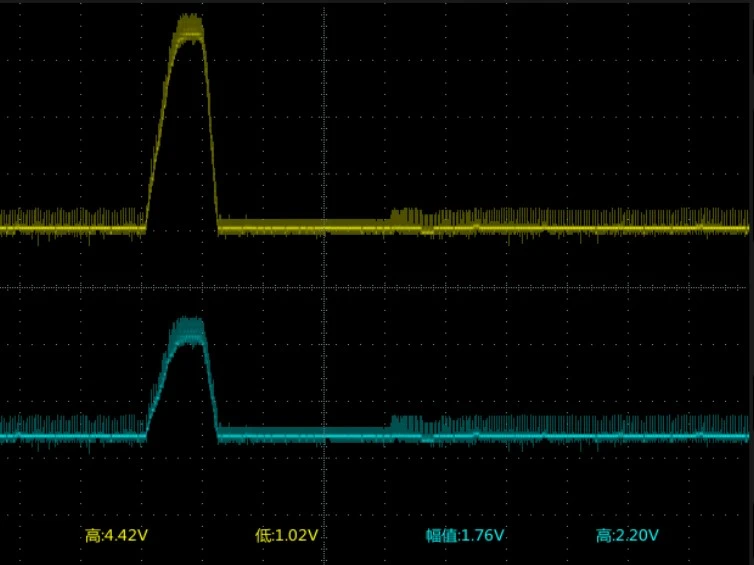
The accelerator pedal is the signal from accelerator. Generally, there are two sets, each with 3 wires: power, signal, and ground. They can be classified as analog/analog or analog/digital signals. Analog/analog signals consist of 2 analog signals, typically in two modes: a divergent signal and a convergent signal.
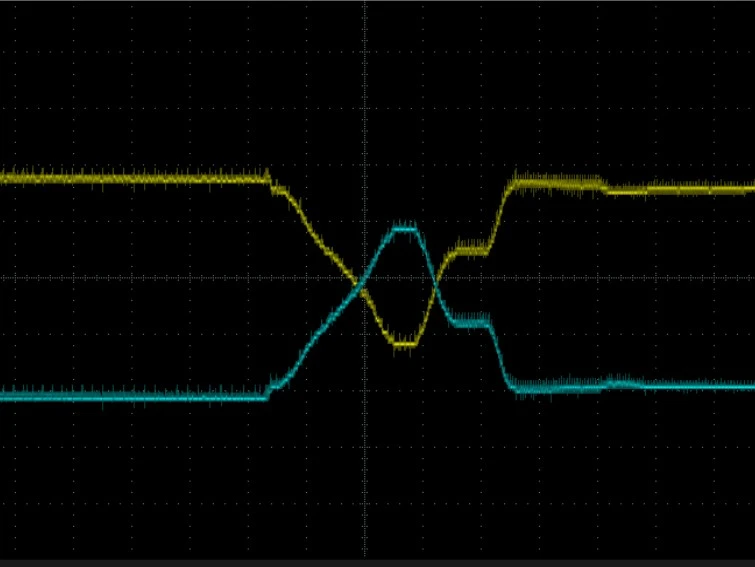
The throttle position sensor is installed on the throttle body drive shaft to sense the opening of the throttle. It provides the ECM with information for intake judgment. There are two types of outputs: analog output and throttle position switch output.
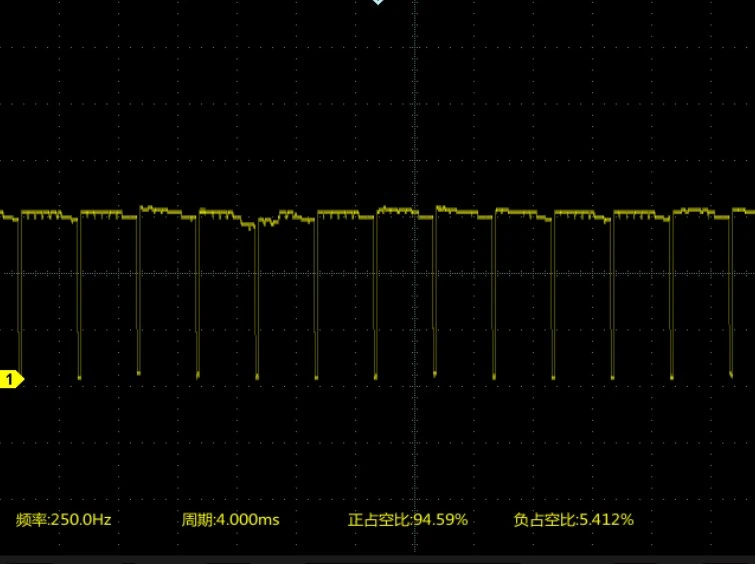
Variable valve timing is achieved by adjusting the camshaft phase of the engine, allowing the intake air volume to change with the engine speed. This helps achieve optimal combustion efficiency and improve fuel economy.
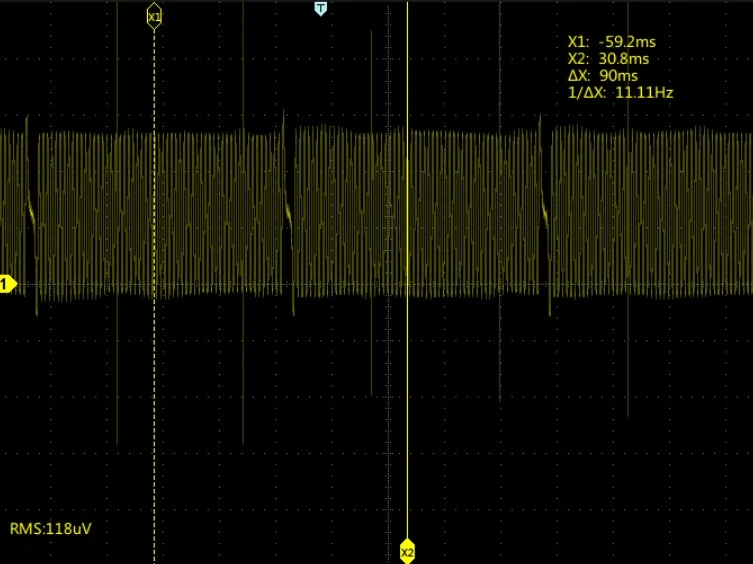
The crankshaft position sensor can be installed in various locations, such as near the front crank pulley or on the rear flywheel. The ECM uses its output signal to determine the precise position of the engine's crankshaft. Typically, there are two types: inductive and Hall-effect sensors.
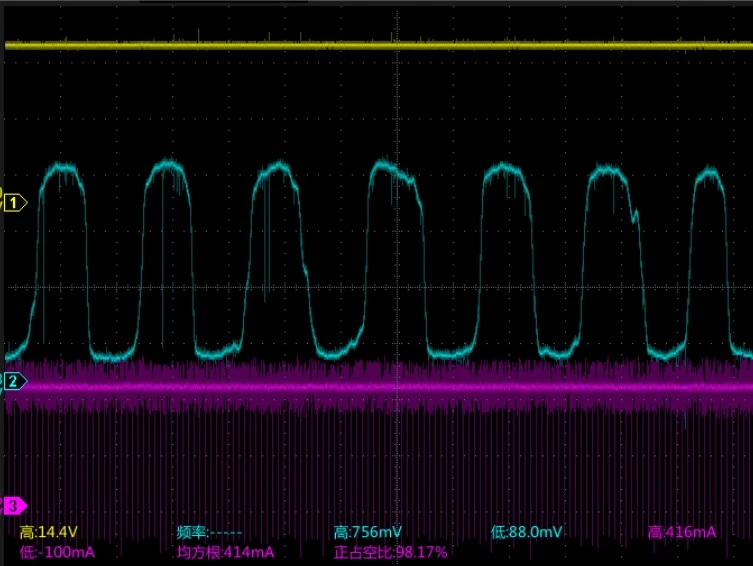
The oxygen sensor is typically installed on the exhaust pipe, in front of the catalytic converter. It is used to sense the oxygen content in the exhaust gases. This allows the ECM to determine the combustion conditions in the combustion chamber and adjust the fuel delivery accordingly.
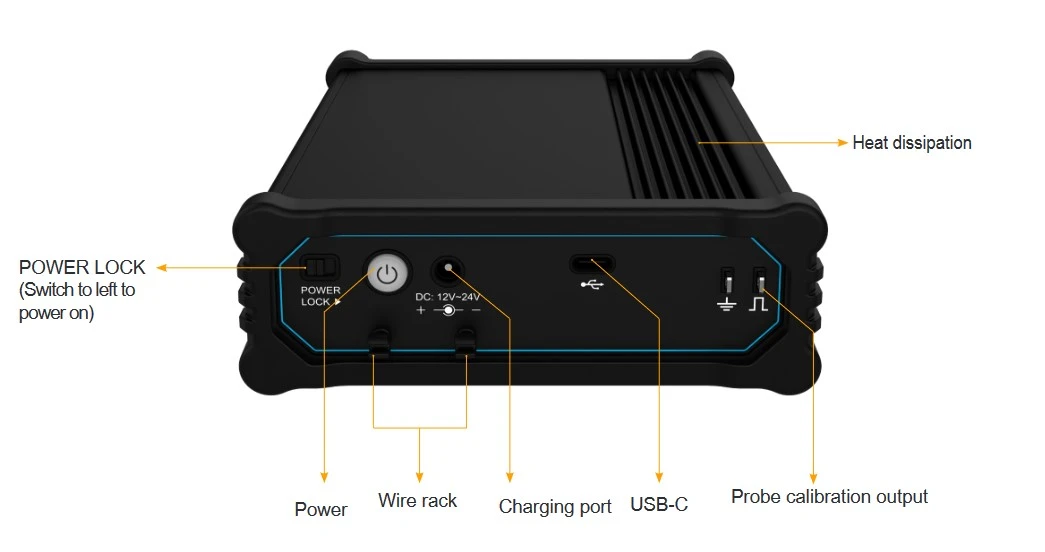
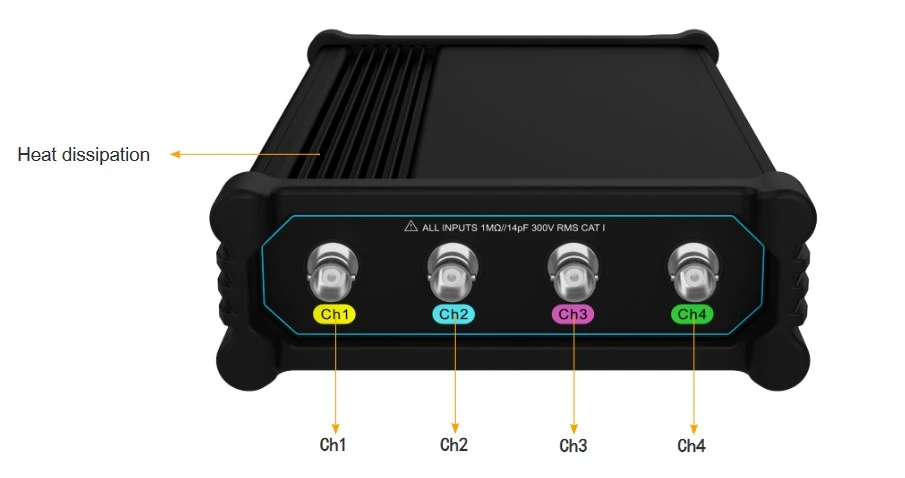
| Max bandwidth | 200MHz |
| Analog channels | 4 |
| Rise time | ≤ 1.8ns |
| Max. sampling rate | 1GSa/s |
| Memory depth | 50Mpts |
| DC gain accuracy | ≤ 2% |
| Input impedance | 1MΩ±1% || 14pF |
| Interfaces | USB Type-C,DC power |
| Battery | 7.4V、7500mAh Li-ion batter |
| Dimension | 140*215*52mm |
| Net weight | 640g |
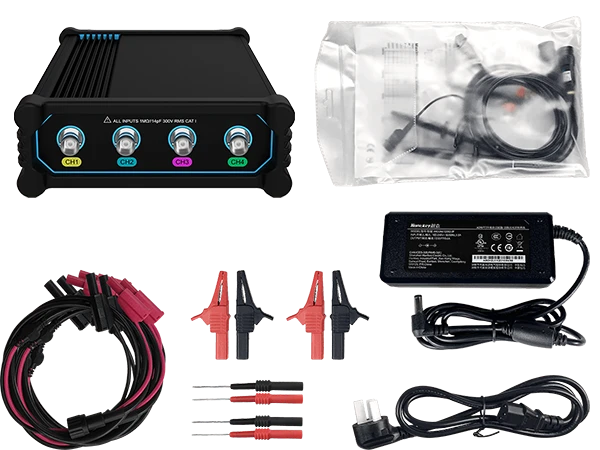

Select the respective test item, follow the description to connect wires, click OK and the oscilloscope will automatically configure the corresponding tests, easily solving most common issues encountered by automotive engineers.

The application of Controller Area Network (CAN) in automotive simplifies wiring, reduces costs, and enables simpler and faster communication between electronic control units. It also reduces the number of sensors required and facilitates the sharing of information resources.

The carbon canister is typically installed in the engine compartment and connected to the fuel tank via a pipeline. Its purpose is to collect the evaporated fuel vapors from the fuel tank to prevent emission into the air, thus reducing pollution.

The ignition system of a gasoline car typically consists of primary coils, secondary coils, and spark plugs. There are traditional ignition systems and electronic ignition systems. Currently, most car models use electronic ignition systems. The primary circuit has evolved from basic contact-point and capacitor types to the commonly used distributor-less and one-coil-per-cylinder systems today.

The camshaft position sensor is generally used for timing and is often tested in conjunction with the crankshaft sensor to determine the vehicle's timing. Common vehicle models have one or two camshaft position sensors, while it is less common to have four. Common types of camshaft position sensors include Hall-effect, inductive, and AC reluctance sensors.

Use VATO with a current probe to conduct current testing during the starting process of a vehicle (both gasoline and diesel vehicles), able to observe whether the current waveform is normal or not.

The LIN bus communication is widely used in automobiles, with low speed and the ability to connect multiple control devices on a single network. It can control non-safety-critical components of the vehicle at low speeds, such as wipers, windows, mirrors, air conditioning, and electronic seats.

The accelerator pedal is the signal from accelerator. Generally, there are two sets, each with 3 wires: power, signal, and ground. They can be classified as analog/analog or analog/digital signals. Analog/analog signals consist of 2 analog signals, typically in two modes: a divergent signal and a convergent signal.

The throttle position sensor is installed on the throttle body drive shaft to sense the opening of the throttle. It provides the ECM with information for intake judgment. There are two types of outputs: analog output and throttle position switch output.

Variable valve timing is achieved by adjusting the camshaft phase of the engine, allowing the intake air volume to change with the engine speed. This helps achieve optimal combustion efficiency and improve fuel economy.

The crankshaft position sensor can be installed in various locations, such as near the front crank pulley or on the rear flywheel. The ECM uses its output signal to determine the precise position of the engine's crankshaft. Typically, there are two types: inductive and Hall-effect sensors.

The oxygen sensor is typically installed on the exhaust pipe, in front of the catalytic converter. It is used to sense the oxygen content in the exhaust gases. This allows the ECM to determine the combustion conditions in the combustion chamber and adjust the fuel delivery accordingly.


| Max bandwidth | 200MHz |
| Analog channels | 4 |
| Rise time | ≤ 1.8ns |
| Max. sampling rate | 1GSa/s |
| Memory depth | 50Mpts |
| DC gain accuracy | ≤ 2% |
| Input impedance | 1MΩ±1% || 14pF |
| Interfaces | USB Type-C,DC power |
| Battery | 7.4V、7500mAh Li-ion batter |
| Dimension | 140*215*52mm |
| Net weight | 640g |




